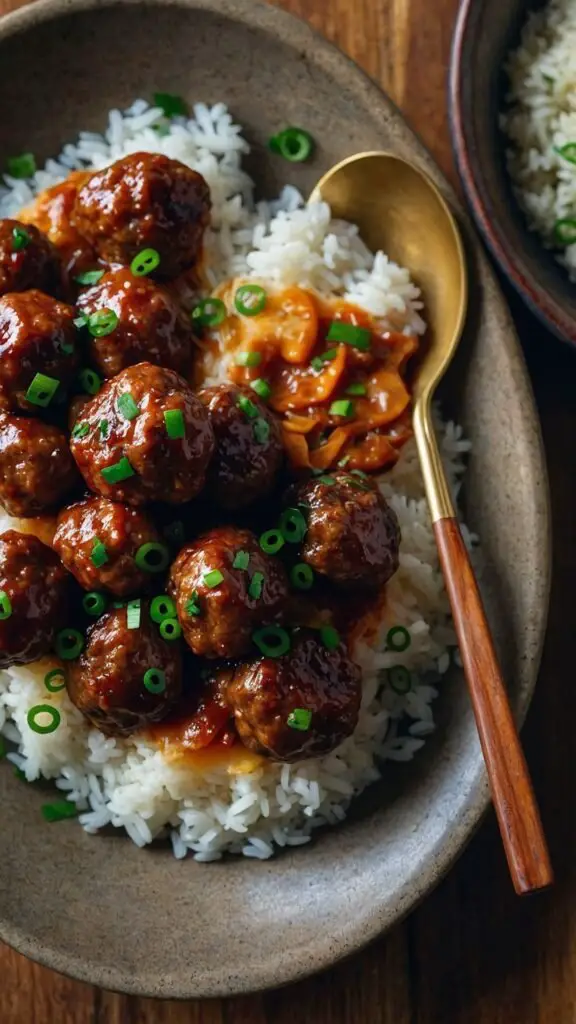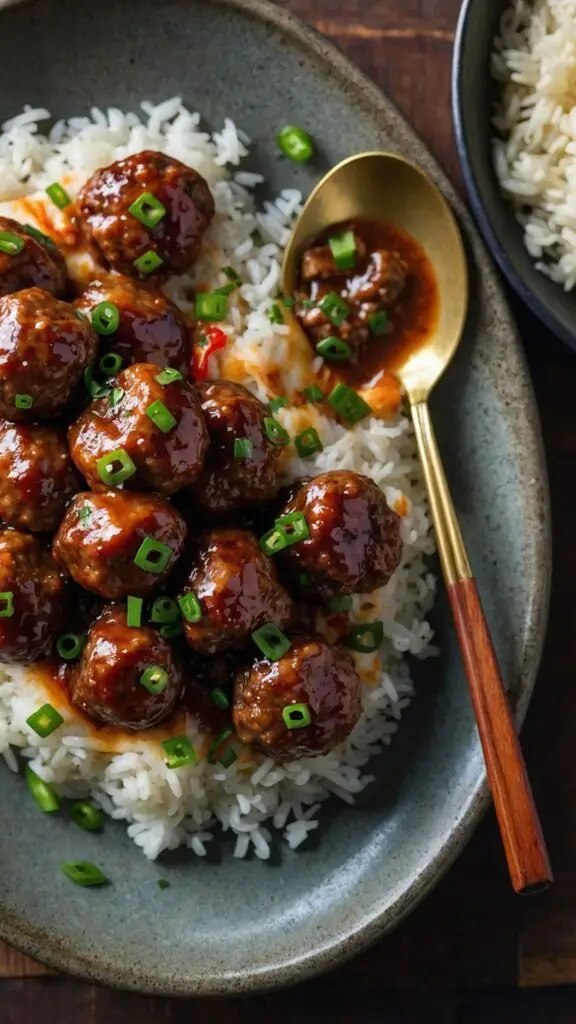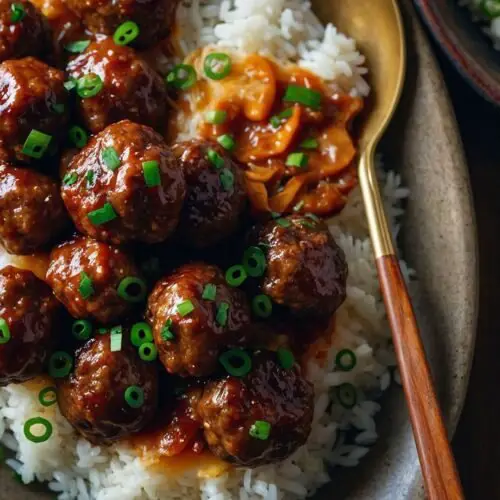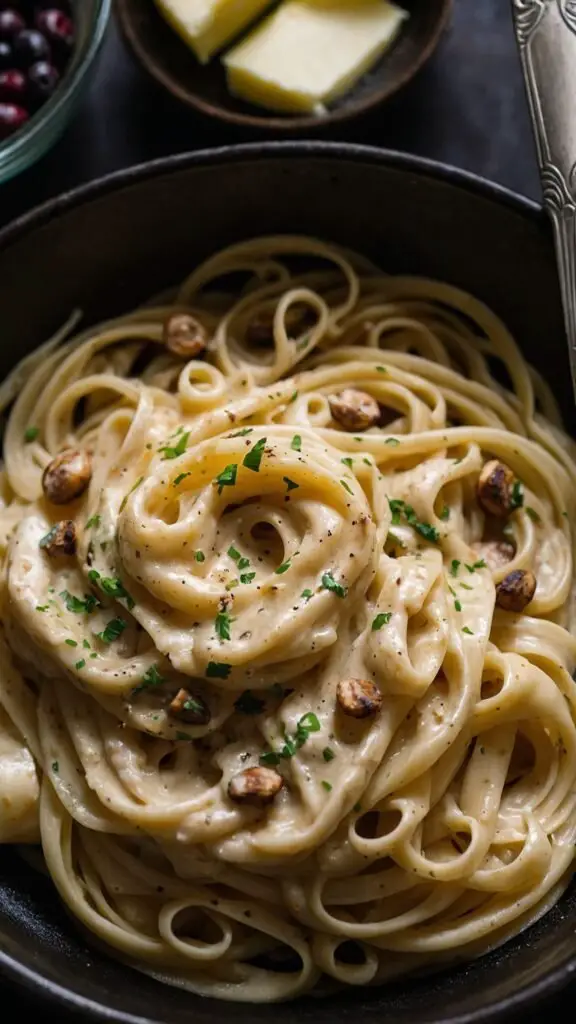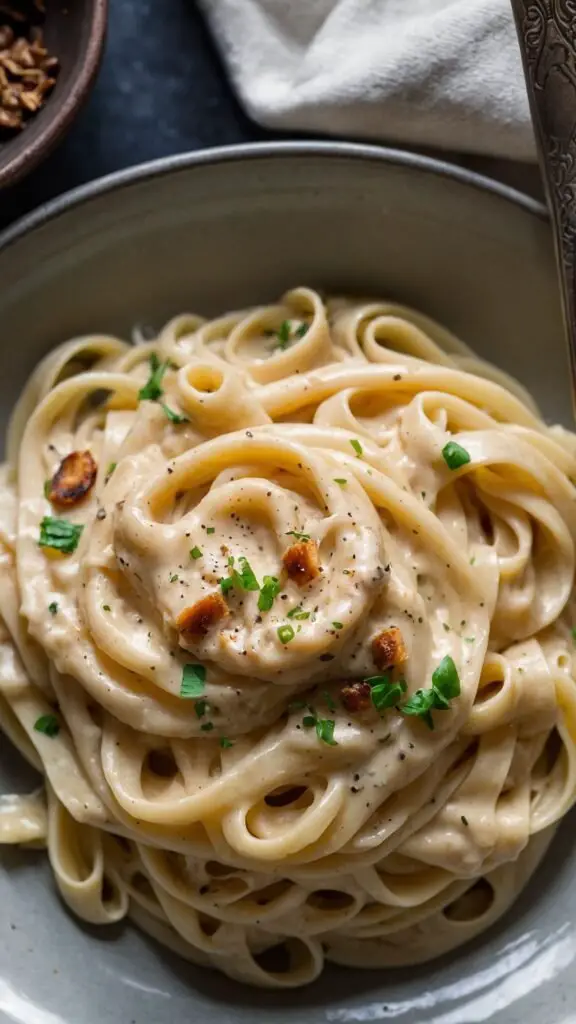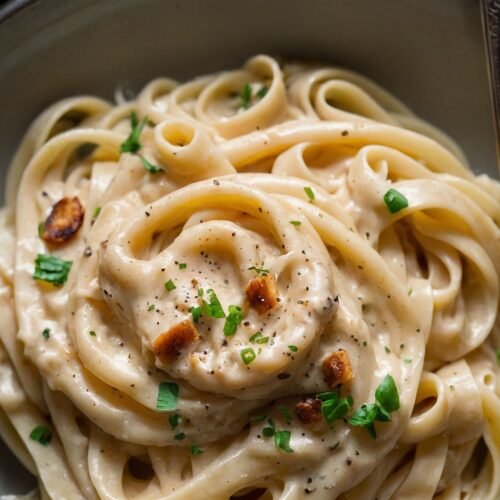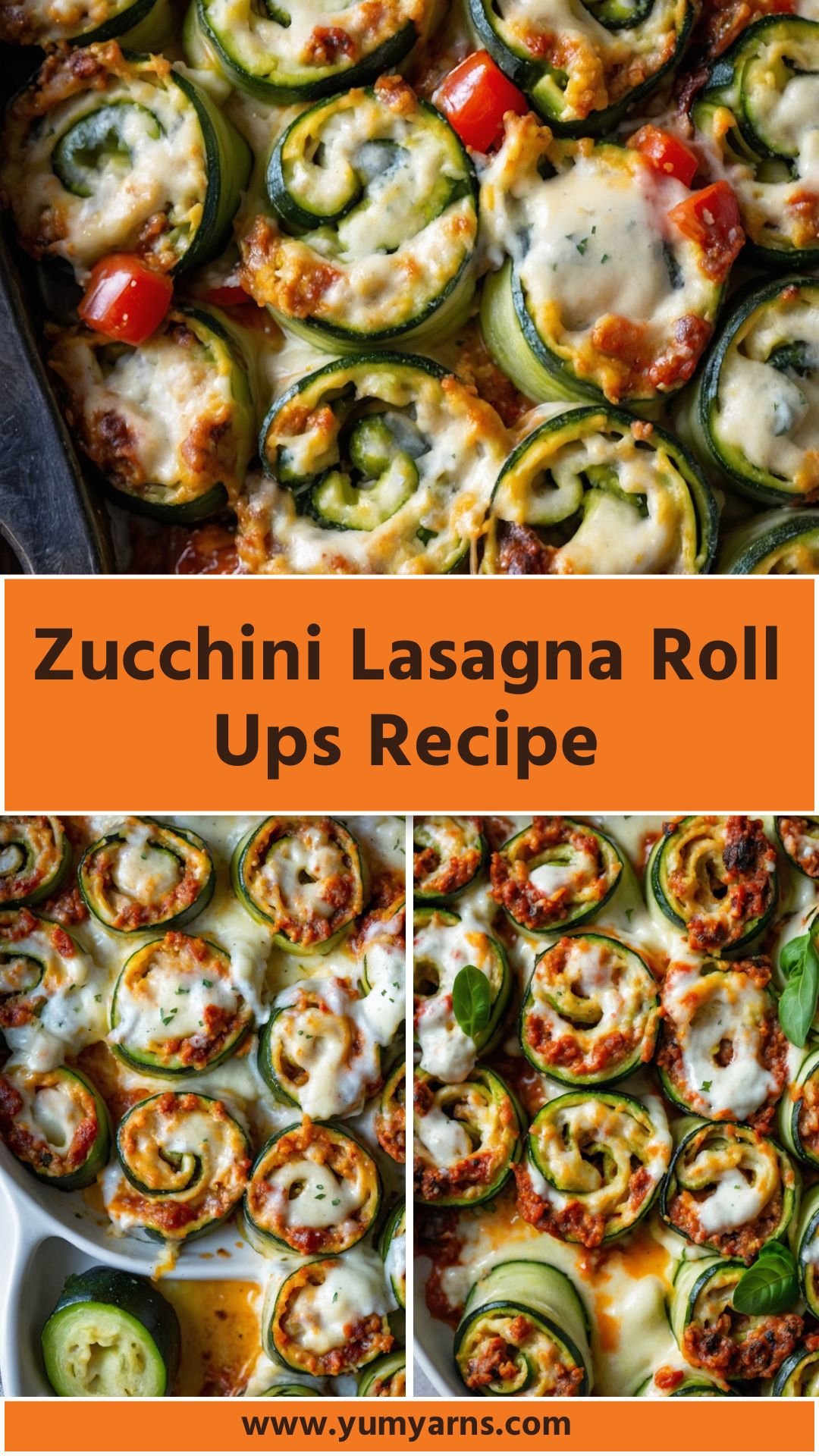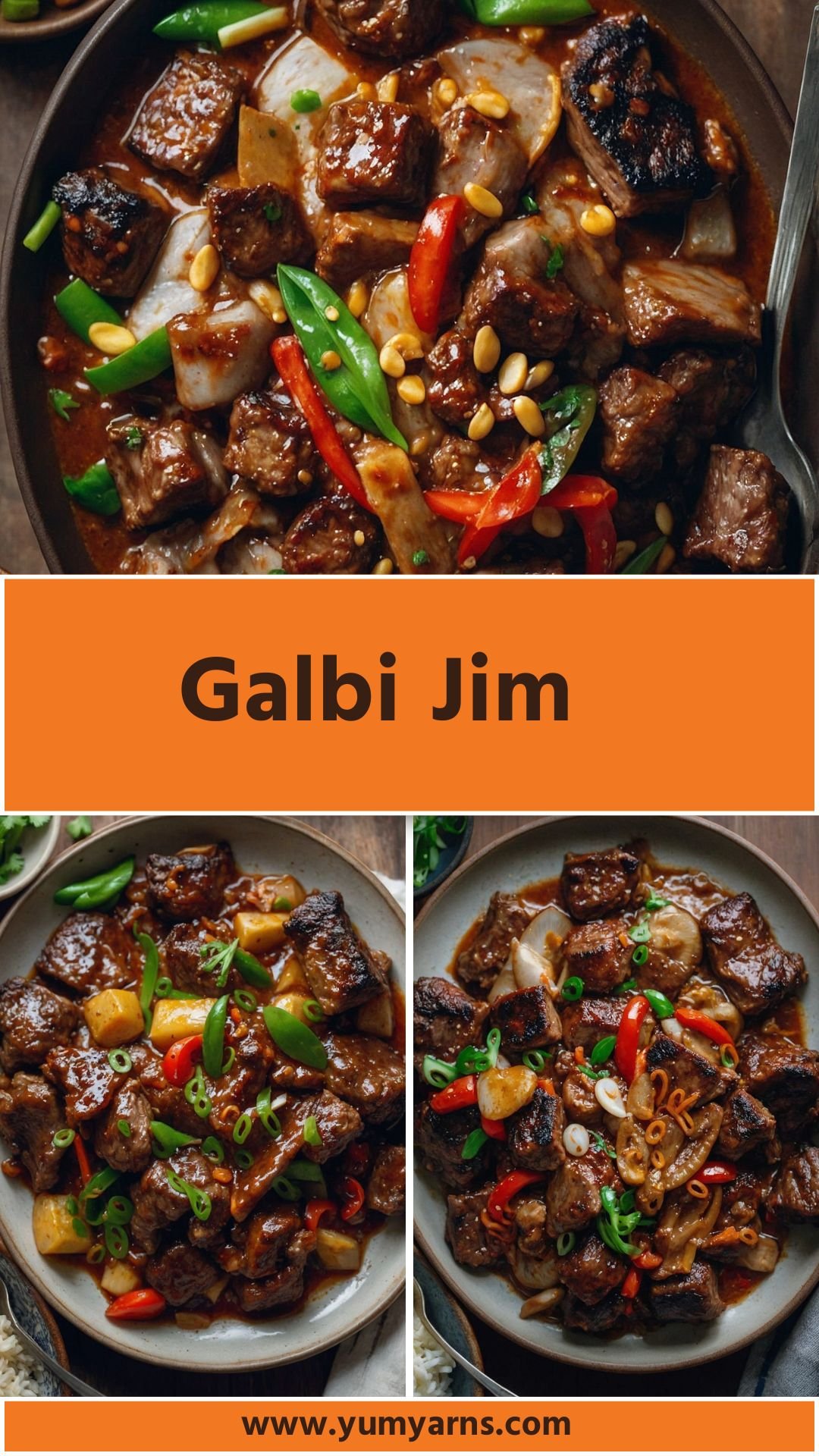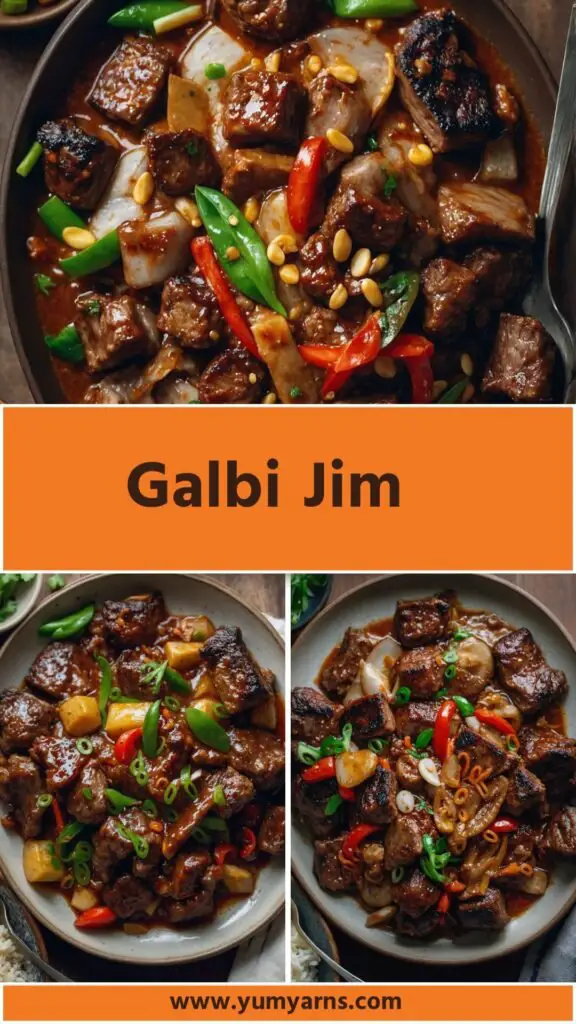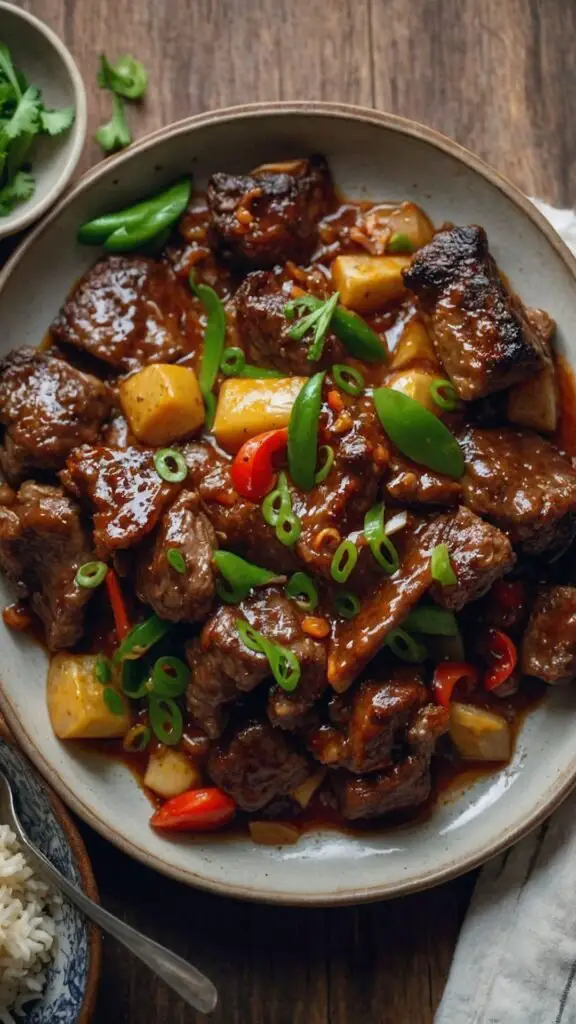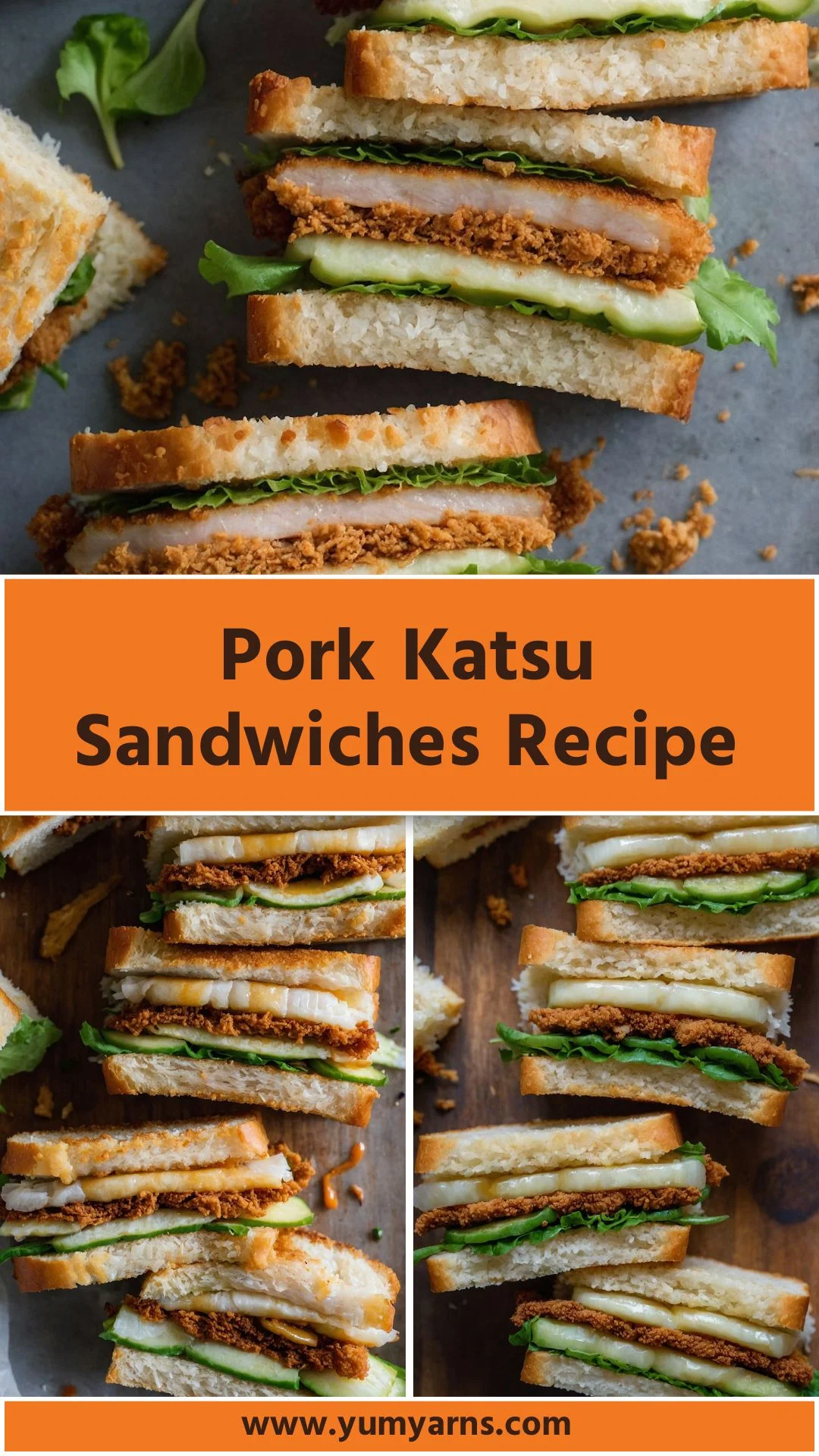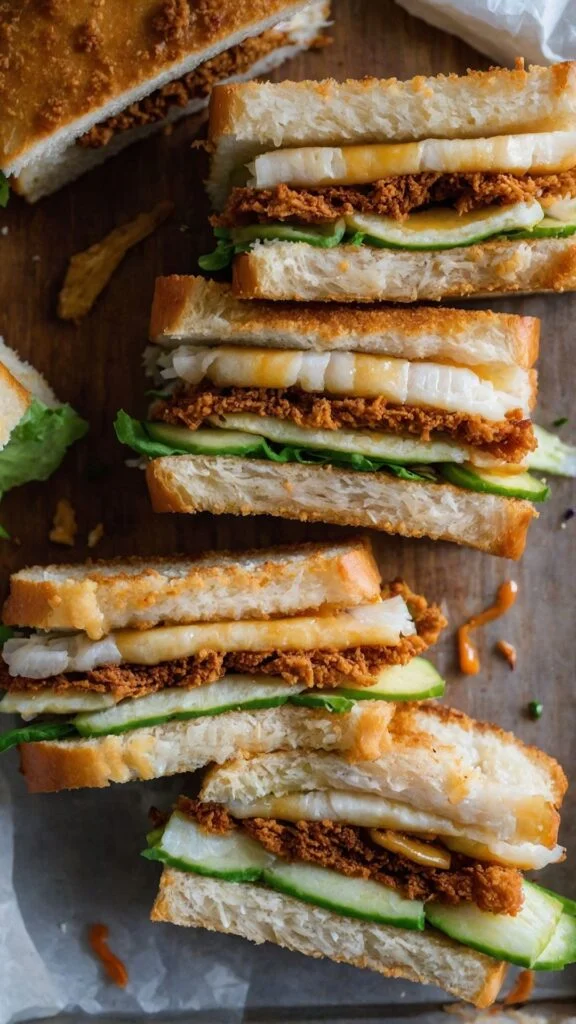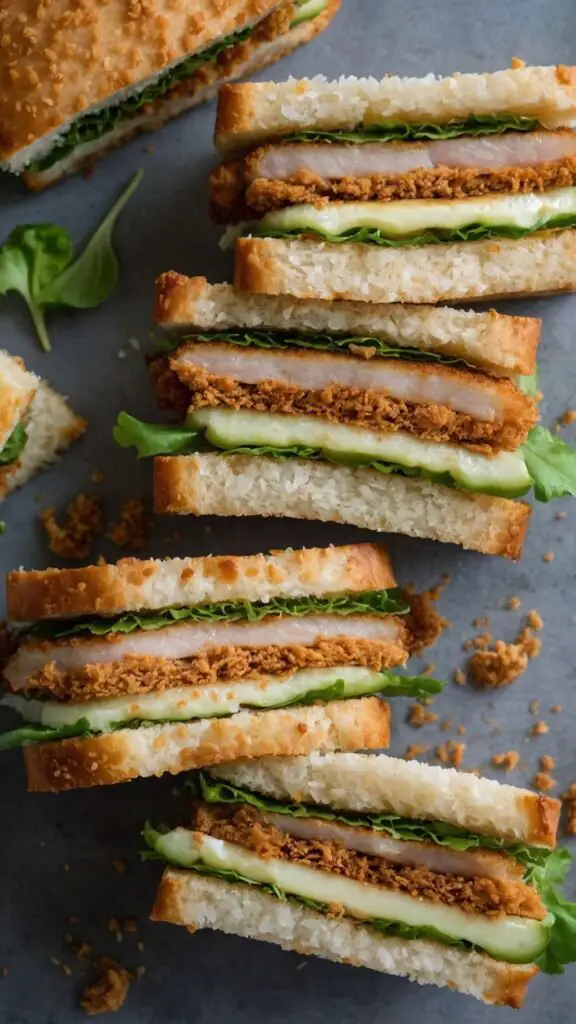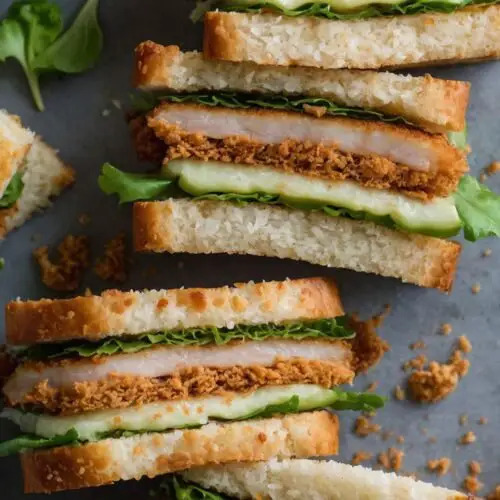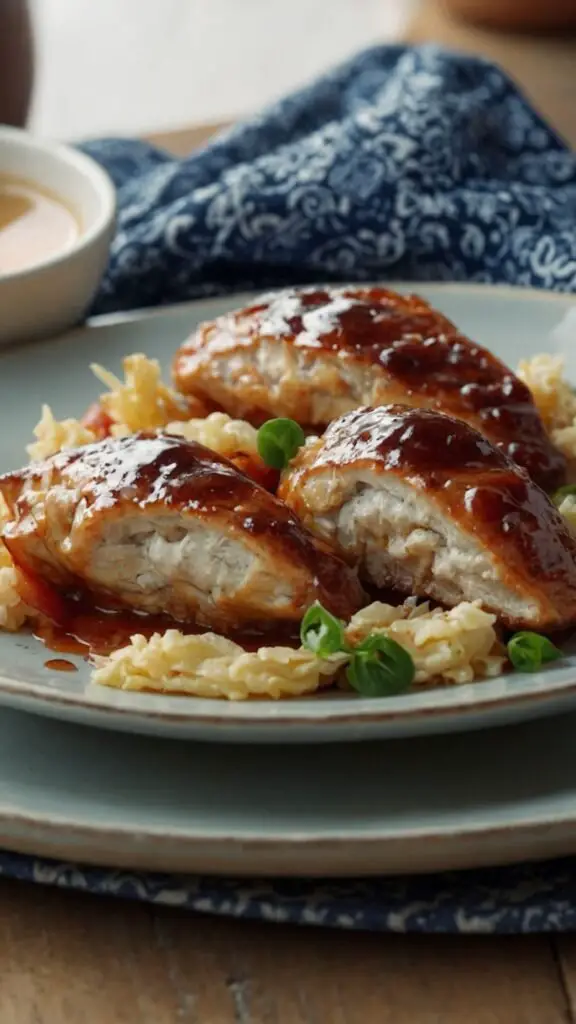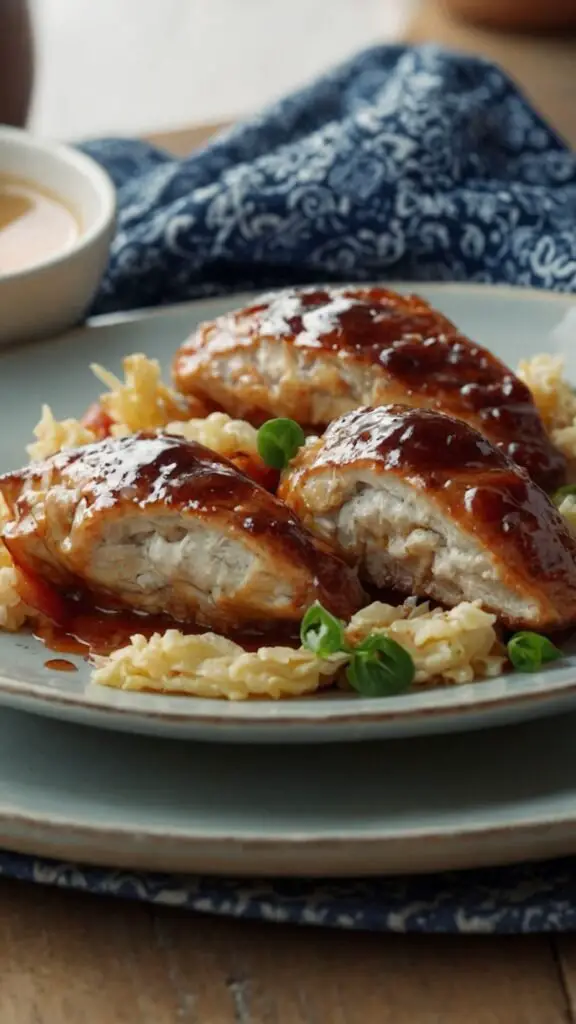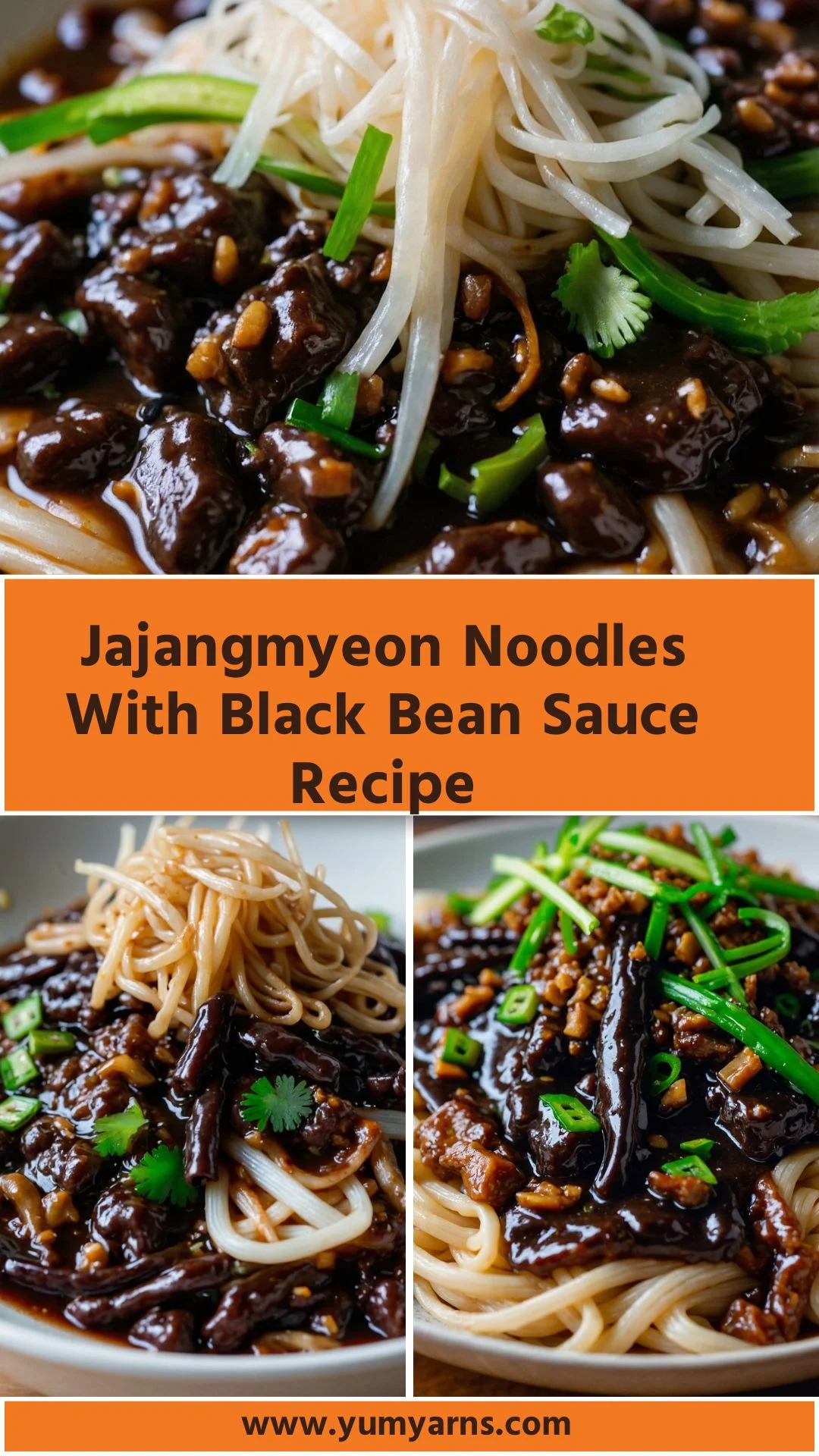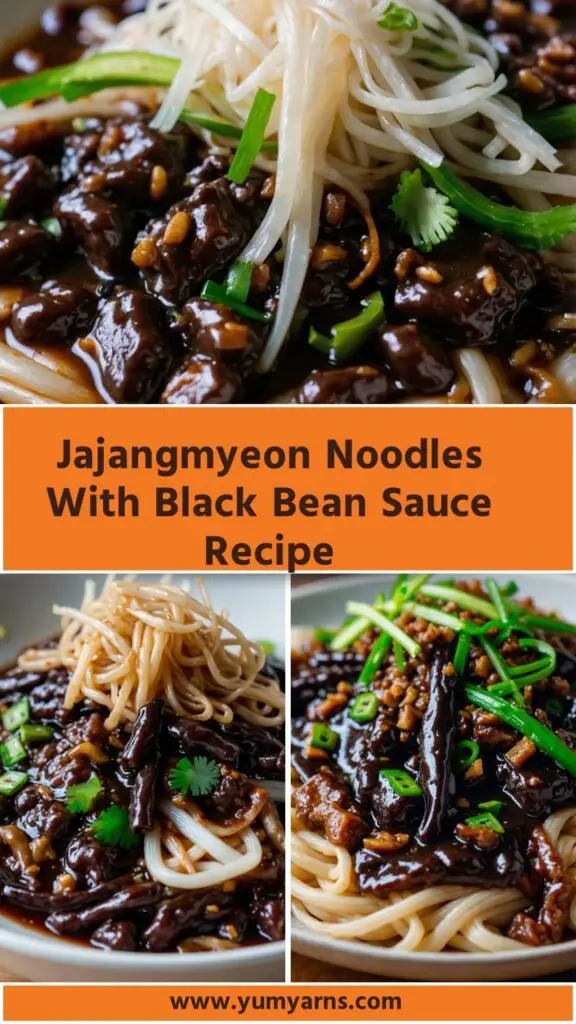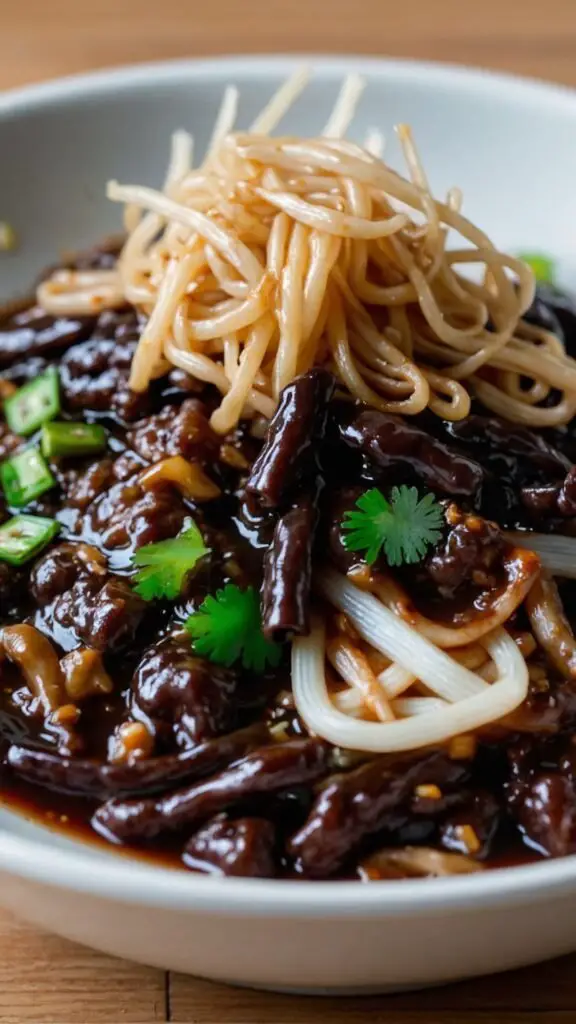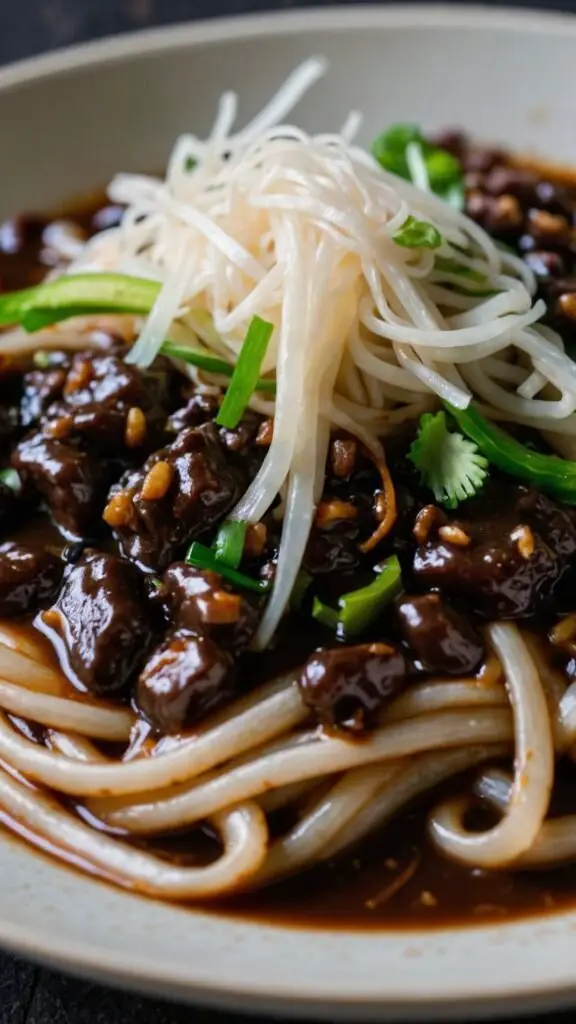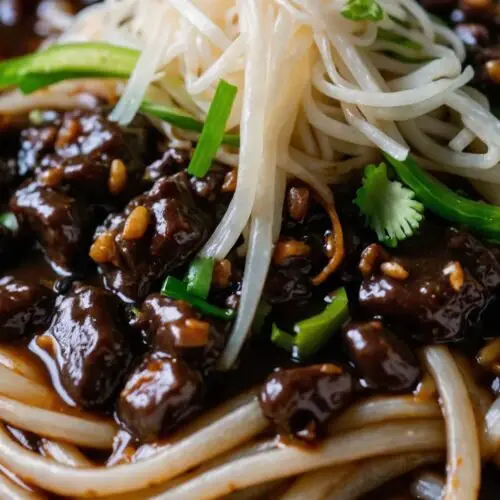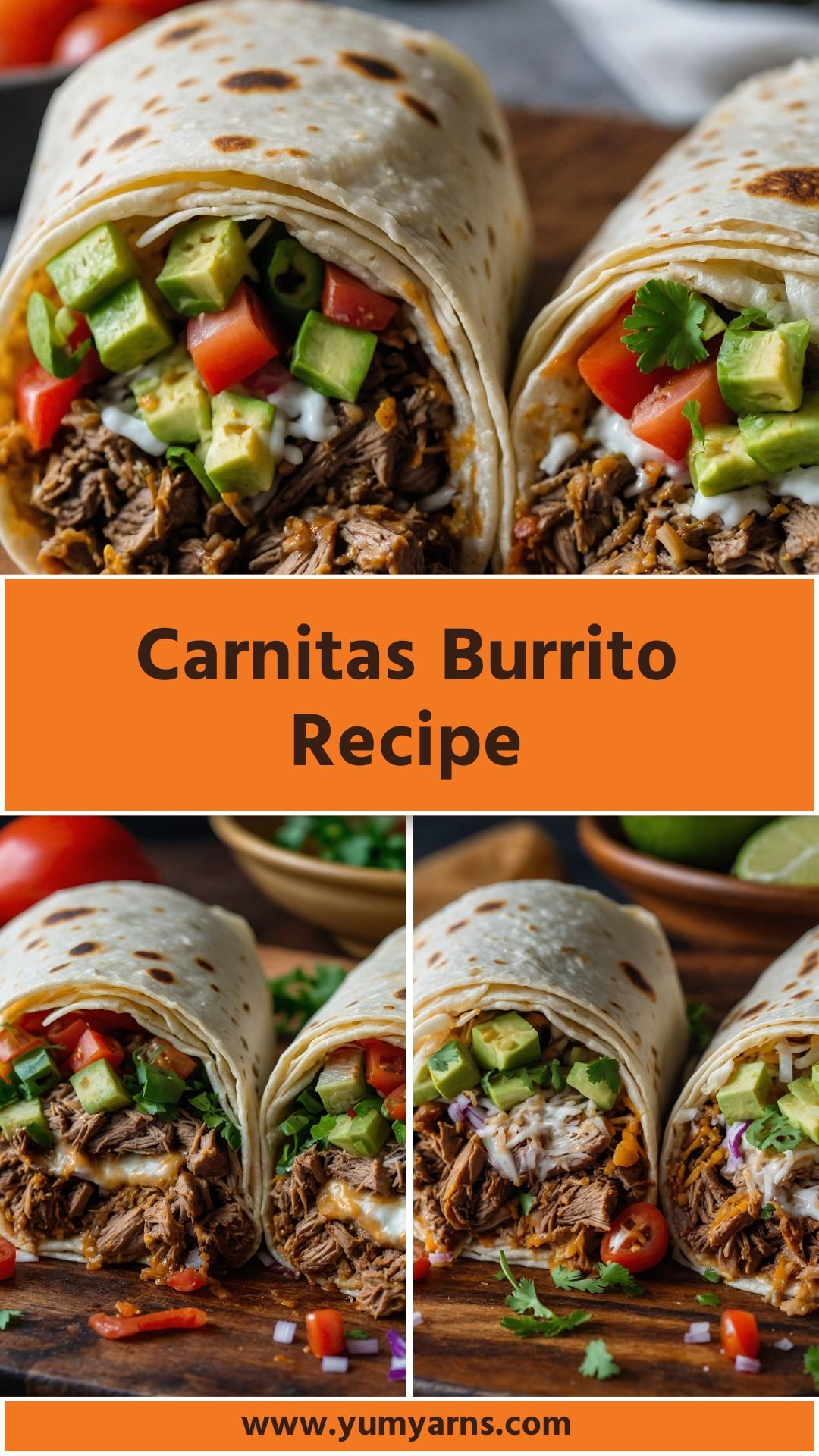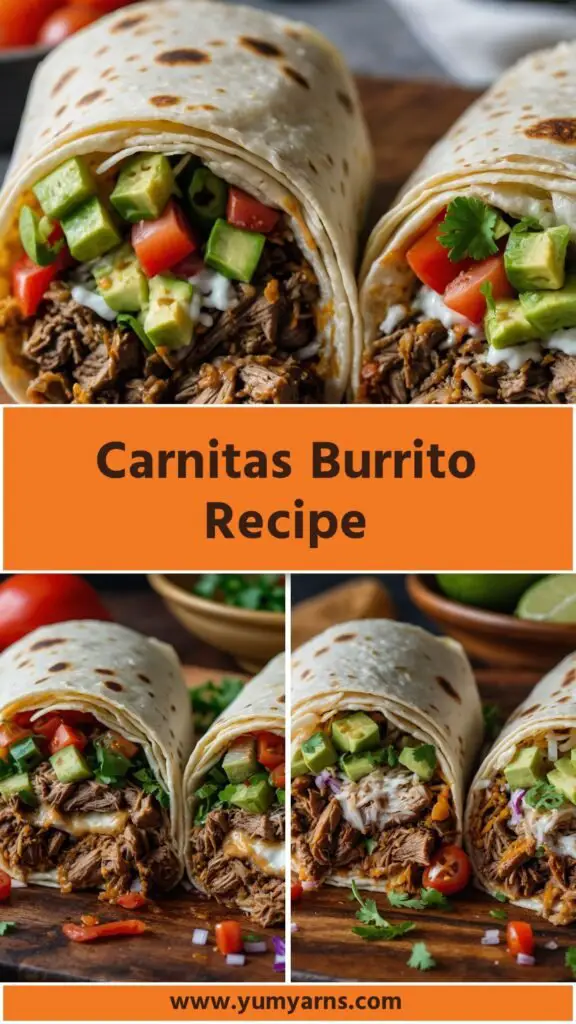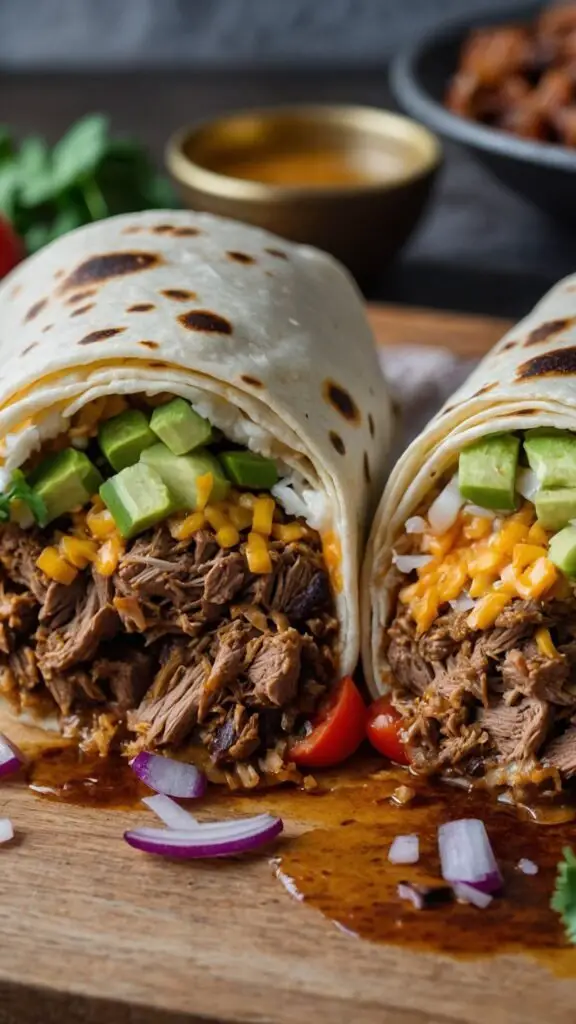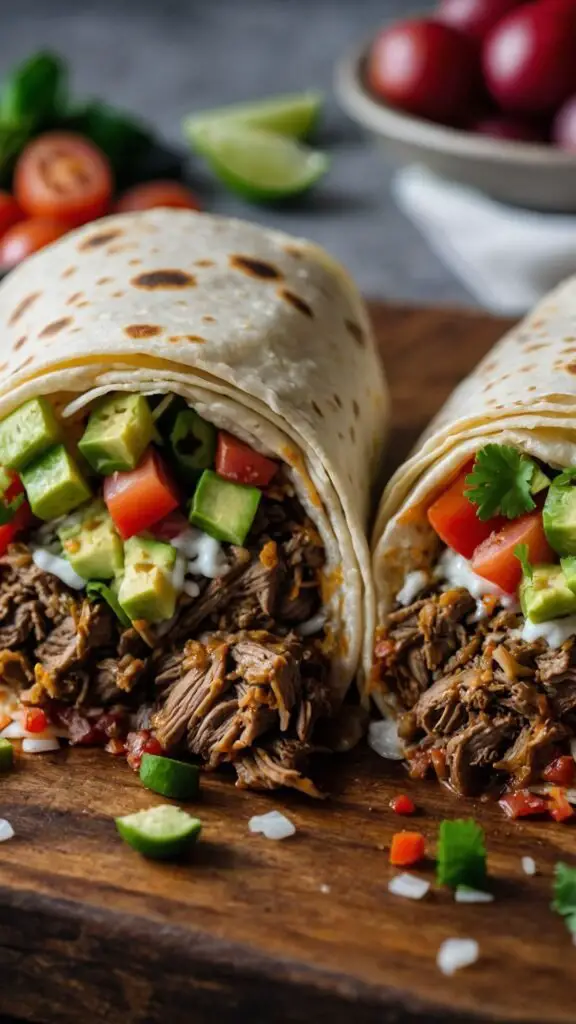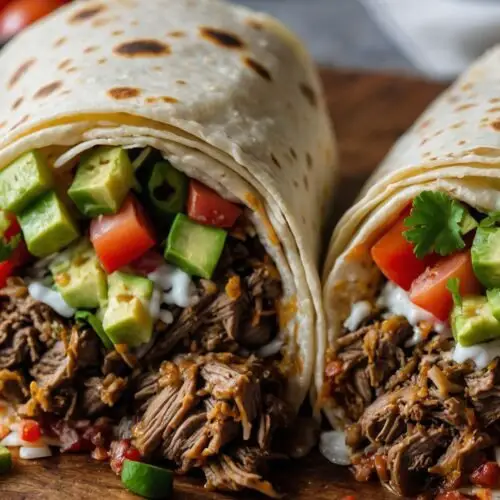As a food enthusiast, I’ve found that some dishes really capture the essence of home, warmth, and celebration. One such dish is the succulent standing rib roast, particularly when paired with a flavorful au jus and a zesty horseradish sauce.
Imagine a lively gathering of friends and family around a dinner table adorned with the aroma of perfectly roasted meat mingling with the sharp scent of fresh horseradish. It’s a scene that brings people together.

What Goes Well With Standing Rib Roast?
Standing rib roast is not just a meal; it’s a centerpiece. The first time I served it, I complimented it with creamy mashed potatoes, and let me tell you, it was a hit. The creaminess of the potatoes pairs beautifully with the savory au jus, soaking up all those wonderful flavors.
I also like to serve roasted Brussels sprouts — the slight bitterness balances the richness of the meat. A simple green salad with vinaigrette cuts through the heaviness, while Yorkshire puddings provide a delightful crunch. And — my absolute favorite — a dollop of that creamy horseradish sauce adds a zing that elevates every bite!
What is Standing Rib Roast Au Jus with Creamy Horseradish Sauce?
Standing rib roast is a prime cut of beef that, when cooked to perfection, delivers rich flavors and a tender texture. Pairing it with a robust au jus enhances that meaty goodness, offering a savory sauce that’s just begging to be ladled onto your plate. The creamy horseradish sauce adds a distinctive kick, making it an extraordinary culinary experience.
You will also like the following Lunch and Dinner recipes!
The Ingredients
Here’s what you’ll need to create this masterpiece:
Horseradish Cream Sauce
- 1 teaspoon lemon juice (adds brightness)
- 1 teaspoon fine salt
- 1 cup sour cream
- Pinch of freshly ground black pepper
- 1 ½ tablespoons freshly grated horseradish (fresh is key)
- 1 teaspoon white wine vinegar
- 2 teaspoons powdered dry mustard
Rib Roast & Rub
- 3 garlic cloves, finely minced
- 1 ½ tablespoons kosher salt
- 1 tablespoon finely minced fresh rosemary
- 1 (8 lb.) bone-in standing rib roast, ideally with 2 or 3 bones
- 1 teaspoon Dijon mustard
- 2 ½ tablespoons extra virgin olive oil
- 2 large yellow onions, cut into wedges
- 4 ribs celery, chopped into 2-inch pieces
- 3 large carrots, peeled and chopped into 2-inch chunks
Au Jus
- 1 cup beef stock
- 1 tablespoon Worcestershire sauce
- 1 sprig fresh thyme
- ½ cup dry red wine
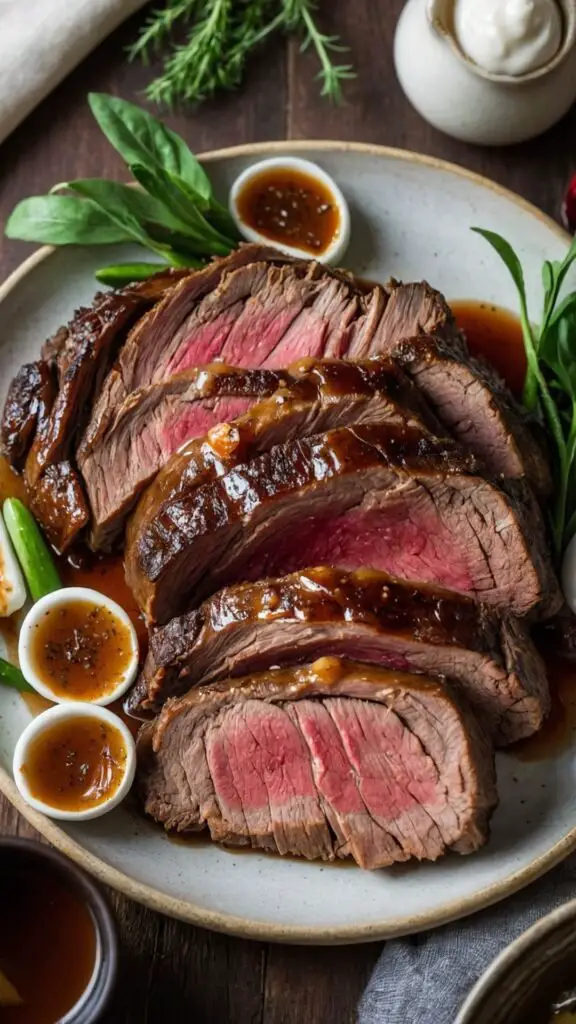
How to Make Standing Rib Roast Au Jus with Creamy Horseradish Sauce
Creating this dish involves a few steps, but the process is straightforward and rewarding. Below are detailed directions to ensure you achieve perfection.
Step 1: Prepare the Horseradish Cream Sauce
Start by whisking together sour cream, grated horseradish, lemon juice, white wine vinegar, dry mustard, salt, and black pepper in a bowl. The balance of flavors is crucial here, so taste and adjust as needed. Set it aside in the refrigerator for the flavors to meld.
Step 2: Season the Rib Roast
In a separate bowl, combine minced garlic, kosher salt, and rosemary. Rub this mixture all over the standing rib roast. You want the flavors to penetrate the meat. It’s like giving your roast a flavorful hug!
Step 3: Sear the Roast
Preheat your oven to 450°F (232°C). In a large, oven-safe skillet, heat olive oil over medium-high heat. Sear the rib roast on all sides until it forms a golden crust — this locks in juices and elevates the flavor.
Step 4: Roast the Veggies
Once the roast is seared, add onions, celery, and carrots to the skillet. Scatter them around the roast for even cooking. This will create an aromatic base for your au jus.
Step 5: Roast the Meat
Place the skillet in the oven and roast at 450°F for 15 minutes. Lower the temperature to 325°F (163°C) and continue cooking until the meat reaches your desired doneness. Use a meat thermometer to check for doneness — 125°F (51°C) for medium-rare.
Step 6: Prepare the Au Jus
Remove the roast and allow it to rest. In the same skillet with the veggies, pour in beef stock and Worcestershire sauce. Scrape up any browned bits (that’s flavor, folks!). Add thyme and red wine, then simmer for about 10 minutes.
Notes
Here are some valuable tips to ensure your roast shines:
- Choose Quality Meat: Opt for a well-marbled rib roast for the best flavor.
- Don’t Skip the Resting: Allow the meat to rest for at least 20 minutes before slicing. It keeps the juices locked in.
- Use Fresh Ingredients: Fresh horseradish makes a world of difference in your sauce.
- Adjust to Taste: Feel free to adjust seasoning in both the sauce and au jus to suit your palate.
- Baste Regularly: Basting the roast every 30 minutes with the pan juices helps maintain moisture and flavor.
Storage Tips
If you find yourself with leftovers, they can be stored in an airtight container in the refrigerator for up to 4 days. For longer storage, freeze the sliced meat and sauce separately. When ready to enjoy, thaw in the refrigerator overnight and reheat gently.
Nutrition Information
This delectable meal can be rich, so keep portions in mind. Here’s a general breakdown for one serving (with sauce):
Serving Suggestions
Consider these delightful pairings for your rib roast:
- Creamy Mashed Potatoes: A comforting classic that soaks up the au jus beautifully.
- Roasted Brussels Sprouts: Their slight bitterness complements the meat’s richness.
- Yorkshire Puddings: An English favorite that adds crunch and can absorb tasty juices.
- Crusty Bread: Perfect for sopping up that savory au jus; who says you can’t indulge a little?
- Simple Green Salad: A refreshing contrast to the heartiness of the roast.
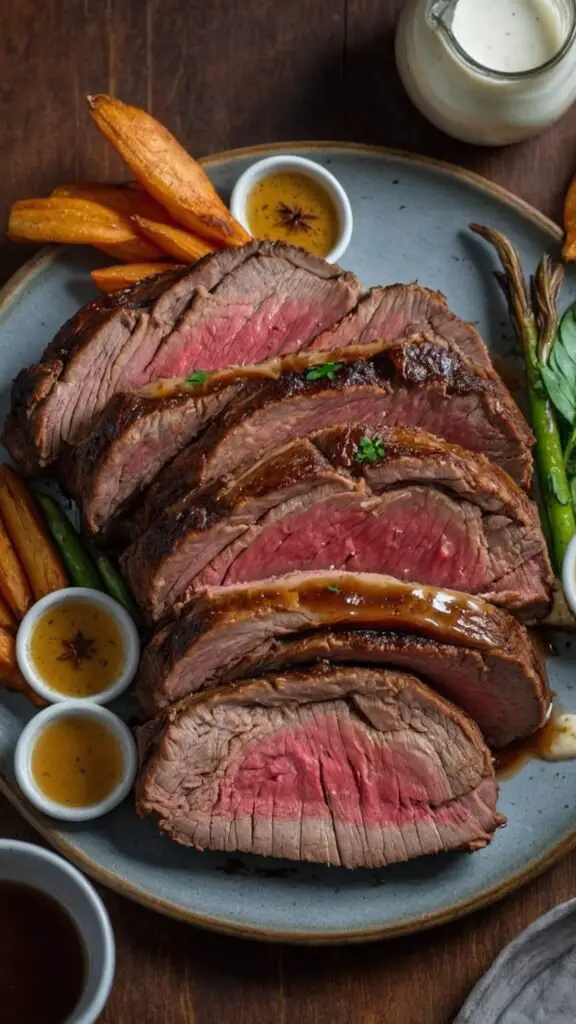
What Other Substitutes Can I Use in Standing Rib Roast Au Jus with Creamy Horseradish Sauce?
Here are some alternatives if you’re looking to mix things up:
- Mustard Substitutes: Use horseradish sauce instead of Dijon for added heat.
- Horseradish Options: If fresh is unavailable, use prepared horseradish, but reduce the quantity slightly as it’s more potent.
- Vegetable Base: For a vegetarian option, swap beef stock with vegetable broth and use mushroom for added depth.
- Wine Substitutes: Replace red wine with beef broth for a non-alcoholic alternative.
- Sour Cream Alternatives: Use Greek yogurt for a lighter, tangy twist in the horseradish sauce.
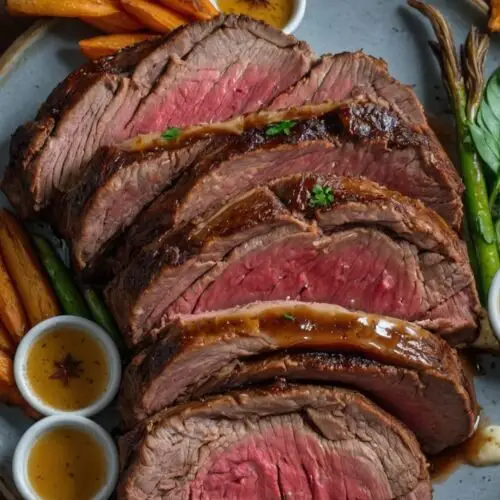
Standing Rib Roast Au Jus with Creamy Horseradish Sauce Recipe
Equipment
- Oven proof bowl
- spoon, whisk
- Mixing bowl
Ingredients
- 1 teaspoon lemon juice adds brightness
- 1 teaspoon fine salt
- 1 cup sour cream
- Pinch of freshly ground black pepper
- 1 ½ tablespoons freshly grated horseradish fresh is key
- 1 teaspoon white wine vinegar
- 2 teaspoons powdered dry mustard
- 3 garlic cloves finely minced
- 1 ½ tablespoons kosher salt
- 1 tablespoon finely minced fresh rosemary
- 1 8 lb. bone-in standing rib roast, ideally with 2 or 3 bones
- 1 teaspoon Dijon mustard
- 2 ½ tablespoons extra virgin olive oil
- 2 large yellow onions cut into wedges
- 4 ribs celery chopped into 2-inch pieces
- 3 large carrots peeled and chopped into 2-inch chunks
- 1 cup beef stock
- 1 tablespoon Worcestershire sauce
- 1 sprig fresh thyme
- ½ cup dry red wine
Instructions
Step 1: Prepare the Horseradish Cream Sauce
- Start by whisking together sour cream, grated horseradish, lemon juice, white wine vinegar, dry mustard, salt, and black pepper in a bowl. The balance of flavors is crucial here, so taste and adjust as needed. Set it aside in the refrigerator for the flavors to meld.
Step 2: Season the Rib Roast
- In a separate bowl, combine minced garlic, kosher salt, and rosemary. Rub this mixture all over the standing rib roast. You want the flavors to penetrate the meat. It’s like giving your roast a flavorful hug!
Step 3: Sear the Roast
- Preheat your oven to 450°F (232°C). In a large, oven-safe skillet, heat olive oil over medium-high heat. Sear the rib roast on all sides until it forms a golden crust — this locks in juices and elevates the flavor.
Step 4: Roast the Veggies
- Once the roast is seared, add onions, celery, and carrots to the skillet. Scatter them around the roast for even cooking. This will create an aromatic base for your au jus.
Step 5: Roast the Meat
- Place the skillet in the oven and roast at 450°F for 15 minutes. Lower the temperature to 325°F (163°C) and continue cooking until the meat reaches your desired doneness. Use a meat thermometer to check for doneness — 125°F (51°C) for medium-rare.
Step 6: Prepare the Au Jus
- Remove the roast and allow it to rest. In the same skillet with the veggies, pour in beef stock and Worcestershire sauce. Scrape up any browned bits (that’s flavor, folks!). Add thyme and red wine, then simmer for about 10 minutes.
Notes
- Choose Quality Meat: Opt for a well-marbled rib roast for the best flavor.
- Don’t Skip the Resting: Allow the meat to rest for at least 20 minutes before slicing. It keeps the juices locked in.
- Use Fresh Ingredients: Fresh horseradish makes a world of difference in your sauce.
- Adjust to Taste: Feel free to adjust seasoning in both the sauce and au jus to suit your palate.
- Baste Regularly: Basting the roast every 30 minutes with the pan juices helps maintain moisture and flavor.
Nutrition
Frequently Asked Questions
How can I tell if the roast is cooked?
Use a meat thermometer. For medium-rare, aim for 125°F. For medium, look for 135°F. Always let it rest, as it will continue cooking off the heat.
Can I make the horseradish sauce in advance?
Absolutely! Prepare it a day before. The flavors will meld beautifully, and it will save you time on serving day.
Is standing rib roast the same as prime rib?
Yes, standing rib roast and prime rib refer to the same cut. However, “prime” indicates that the beef has been graded higher based on marbling and age.
What sides are traditional with rib roast dinner?
Common sides include mashed potatoes, green beans, Yorkshire pudding, and salads. Choose what complements your meal best.
What’s the best way to reheat leftovers?
For best results, reheat slices in a covered pan over low heat with some au jus. Add a little beef broth if it looks dry. You want to warm it—not overcook it.
Conclusion
Standing rib roast au jus with creamy horseradish sauce is a dish that embodies love for food. Whether it’s a holiday feast or a Sunday gathering, this dish never disappoints. The blend of the rich roast, the savory au jus, and the zing of horseradish creates a delightful dining experience that brings people together. Cooking this dish is not just about the food; it’s about creating memories, sharing laughter, and enjoying every bite. So next time you’re looking for something special, remember this savory delight. Enjoy every moment of your culinary adventure!




